Choosing a bike up to 150 kg
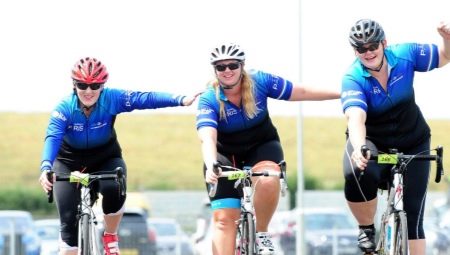
Cycling is one of the most important sports hobbies. For many, it is not only a means of transportation, but also a way of life. But what about fat people whose weight is approaching 150 kg? Let's try to dispel the myth about the inaccessibility of cycling for large people. The main thing is to choose the right "iron horse" and modify it to fit your physical data (height, weight).
General points
The bike must be selected in accordance with the rider's dimensions. A walking bike is not suitable for obese people. A two-wheeled vehicle must be durable, comfortable and practical.
Lightweight versions and folding models are not even worth considering when you plan to get behind the wheel of an adult "heavyweight".
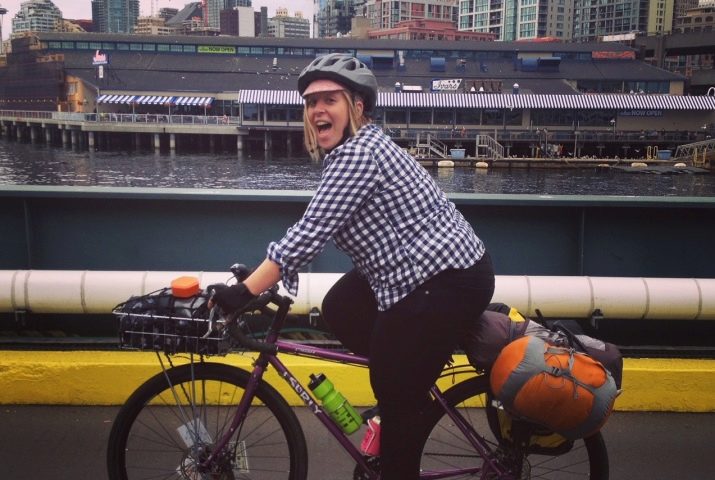
When choosing a bike with sufficient carrying capacity that can withstand large people, you need to take safety as a basis for choosing. The design must be reliable, durable and without unnecessary "bells and whistles". The best option would be the stable and hardy mountain models. Forward tilt and even distribution of the load on the saddle and arms allow the rider to confidently ride difficult areas on such a bike, while the muscles of the arms are slightly tired, and the tension in the intervertebral discs of the lower back is significantly reduced.
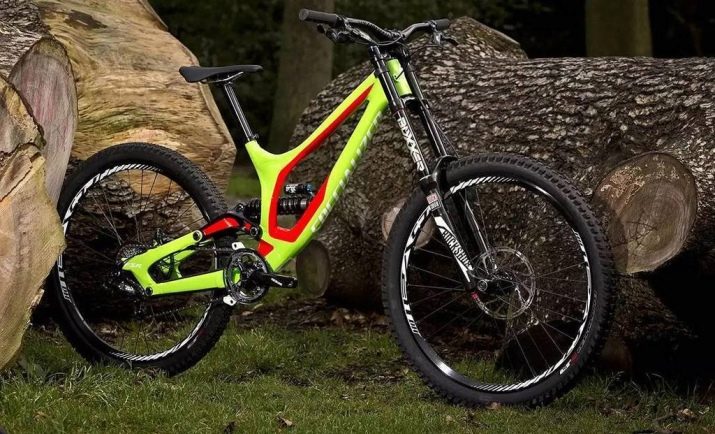
It is naive for a heavy person to think that in search of a suitable option, you can find something cheaper. If you're new to the bike market, remember that pricing is the surest way to pick a reliable bike. Budget models are assembled from materials of appropriate quality. Start looking at options worth $ 600 and up, because we are talking about your health and safety. But this does not mean at all that the more expensive the better.
According to experienced cyclists, the optimal price for cycling for massive people is $ 800-1000. You just need an ordinary mountain one-suspension hardtail (Hard - hard, tail - "tail"), and the advice of bike shop consultants is sure to buy an expensive two-suspension model for freeriding (a special kind of bike sport) is nothing more than a marketing ploy.
It is unlikely that an obese person weighing 150 kg will “light up” on extreme tracks and will be able to fully use all the technical potential of an expensive model - so why overpay?
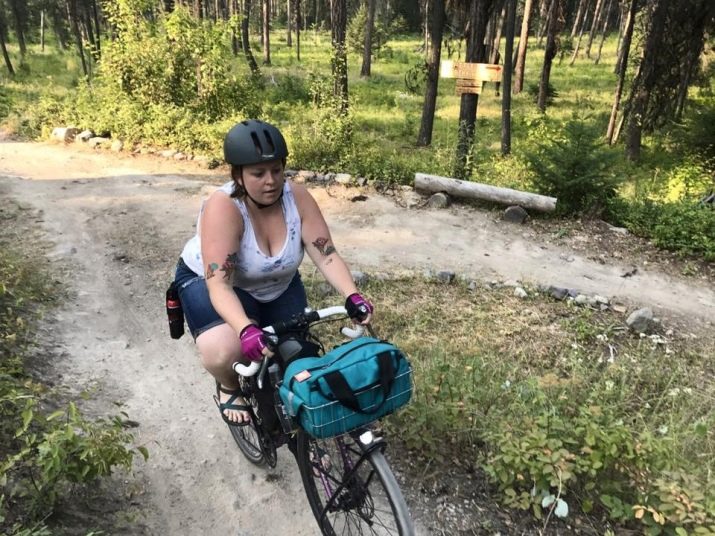
Technical features
It is safer to come shopping with an experienced cyclist, since the shop assistants are not always “from your team”. It is necessary to pay attention to the main mechanical units, the rest of the "little things" are not so important, if desired, they can be corrected by replacing them.
Frame
Heavy riders should choose a hardtail with a lightweight, reinforced aluminum or steel frame with uniform tube wall thickness. It's a good idea to have an extra triangle on the frame to reinforce the seat tube. By height, be guided by your height, but if the fullness prevents you from raising your leg high when landing, choose a low frame option. Do not hesitate to check it out right in the store.

Wheels
Choose strong rims: double or triple for wide tires (slick or semi-slick), better with 36 spokes. These wheels will support your weight without any problems. Puncture-proof tires will allow you to drive for a long time without "surprises".
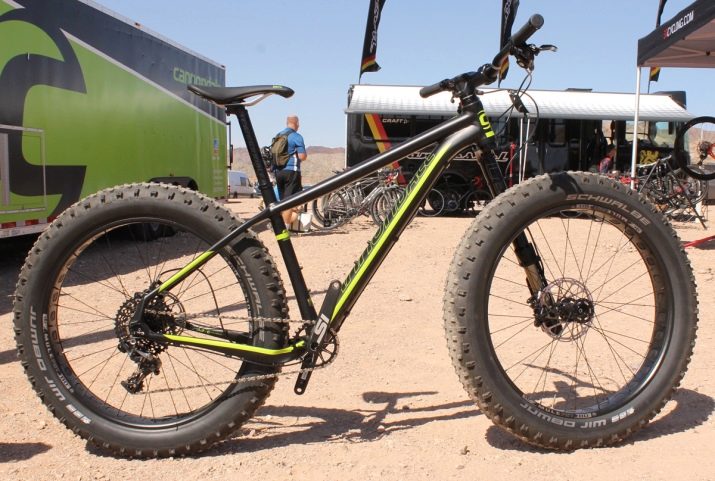
Brakes
To shorten the braking distance of the bike under heavy load, it is necessary to choose the disc brakes option. They will work even with a small "eight" rims, and if they are still equipped with hydraulics, they are effective and sensitive during emergency braking (while being extremely careful not to "peck" forward).
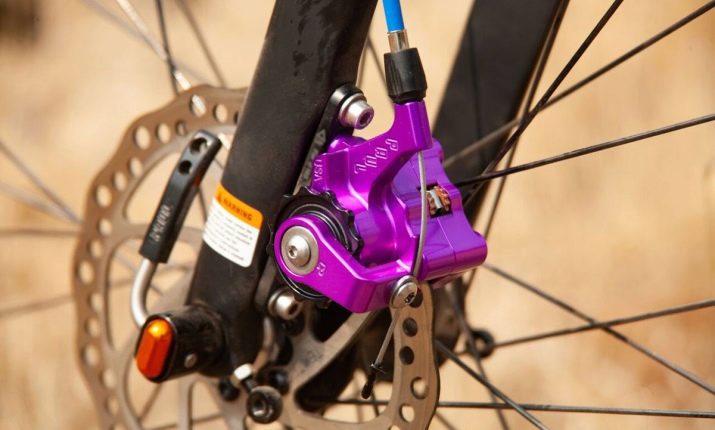
Shock absorbers
You need more than high strength of stiff shock absorbers and springs to ride safely on steep climbs and descents.
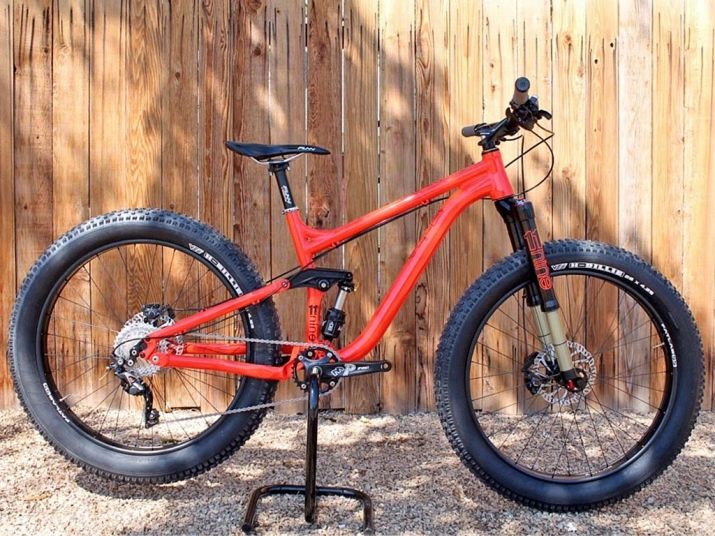
Rigid fork, leather saddle, steel pedals are preferred.
Experienced practical cyclists advise not to reinstall anything on a new bike after the purchase, but to roll back what is, and only then proceed with the upgrade (replacement of equipment), and not upgrade everything at once, but gradually replace individual components and parts as their quality deteriorates. It is practical, convenient and less financially burdensome.
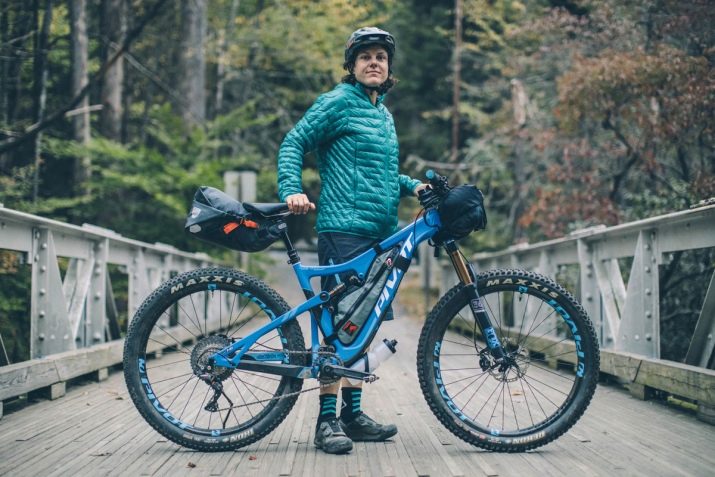
A normal bike in the $ 600 + price category will not “kill” so quickly even with a large-sized owner with a careful ride.
Riding a bike for heavy people, both men and women, is comparable to extreme mode, so such cyclists need to be prepared for more frequent repairs of their two-wheeled friend and changing consumables.
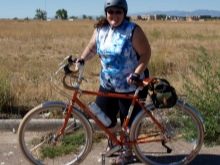
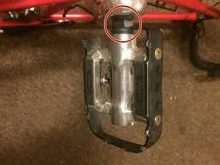
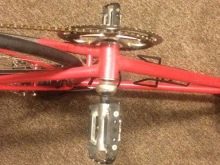
Useful Tips
Keeping the bike in good condition for as long as possible will help not only the correct technical equipment, but also competent riding under maximum load. A few simple tips for an obese cyclist:
- exclude aggressive driving, do not drive the bike, because "the quieter you drive, the further you will be";
- follow the correct fit;
- when driving over uneven areas or leaving a curb, do not sit on the saddle, but stand up on the pedals;
- when climbing a hill, drive in while sitting in order to keep the pedals and carriage longer;
- do not forget to change your hand grip;
- gradually increase your daily bike ride;
- plan a stop in advance, avoid sudden braking, since a large mass, due to inertia, cannot stop instantly;
- constantly think over the upgrade (replacement of equipment).
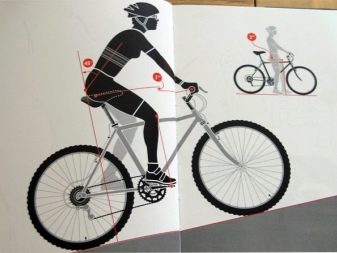
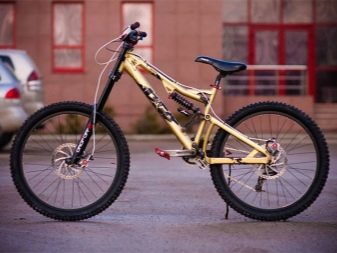
Regular cycling will allow you to pump all muscle groups with a guarantee and help you lose at least some of the excess weight. The main thing is to put aside complexes and not pay attention to the sympathetic smiles of others, or even to the caustic remarks of "envious"... Go cycling, don't be afraid of your weight, enjoy the speed and be healthy!
You can learn how to choose a bike for a large weight from the video.








